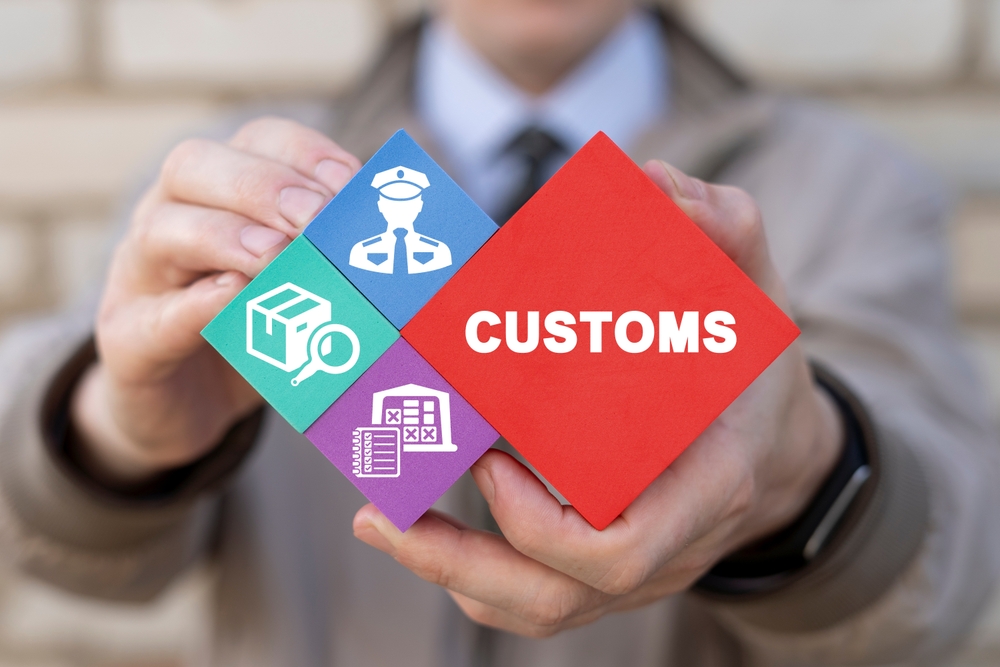Bringing machinery into Queensland from overseas involves a series of strategic steps to ensure a smooth and compliant process.
Understanding the essential steps to import machinery into Queensland, specifically through Brisbane, is crucial for a seamless process. By studying these steps, businesses ensure compliance with regulations and avoid potential pitfalls. Additionally, being well-versed in the import steps allows businesses to navigate any legal requirements effectively.
Let us look at the five critical steps to successfully import machinery through Brisbane, emphasising the importance of customs brokerage and the role of a customs broker in navigating the complexities of international trade.
Step 1: Understand the Legal Requirements
Before you even begin the process of importing machinery into Queensland, it’s crucial to understand the legal requirements. Australia has specific import regulations that vary depending on the type of machinery you’re bringing in. Research and understand the Australian Border Force (ABF) regulations, Queensland’s state-specific rules and any industry-specific requirements. Consulting with a knowledgeable customs brokerage in Queensland at this early stage can save you time and prevent costly mistakes.
Step 2: Engage a Reputable Customs Broker
A customs broker is your ally in navigating the complex world of international trade. They are experts in the laws and regulations affecting imports and can handle all the necessary documentation and procedures. In Brisbane, where the import industry is thriving, finding a reputable broker for customs is crucial. They will act as your liaison with government agencies, ensuring your machinery meets all legal requirements and is cleared without delays.
Step 3: Arrange for Transportation and Insurance
Transporting heavy machinery requires careful planning and coordination. Decide whether air or sea freight is more suitable for your needs and budget. Consider the transportation logistics from the Brisbane port to your final destination in Queensland. Ensure your machinery is adequately insured against loss, damage and delays. Your customs brokerage firm can often provide advice on the best transportation options and help arrange for comprehensive insurance coverage.
Step 4: Prepare and Submit Documentation
Proper documentation is critical when importing machinery. You’ll need to prepare and submit various documents, including a bill of lading, commercial invoice, packing list and import declaration. Your customs broker in Queensland can guide you through this process, ensuring every document is accurate and submitted on time. They’ll help you understand the tariff classifications, value declarations and any concessions or exemptions that may apply to your machinery.
Step 5: Pay Duties, Taxes and Clear Customs
Once your machinery arrives in Brisbane, it must clear customs before you can take possession of it. This involves paying any applicable duties and taxes. Your customs broker will calculate these costs for you and ensure they’re paid promptly to avoid any delays. They’ll also handle any inspections or additional paperwork required by the ABF or other agencies. With their expertise, your machinery will be cleared through customs swiftly and compliantly.
Smooth Importing with the Right Support
Importing machinery into Queensland through Brisbane doesn’t have to be a daunting task. By following these five essential steps and partnering with a skilled customs broker like Kenter International Logistics, you can ensure a smooth and compliant import process.
At Kenter, we are not just a service provider but a valuable partner who can save you time, reduce risks and provide peace of mind. Whether you’re a seasoned importer or new to the game, our customs brokerage solutions can make all the difference in your importing journey.

